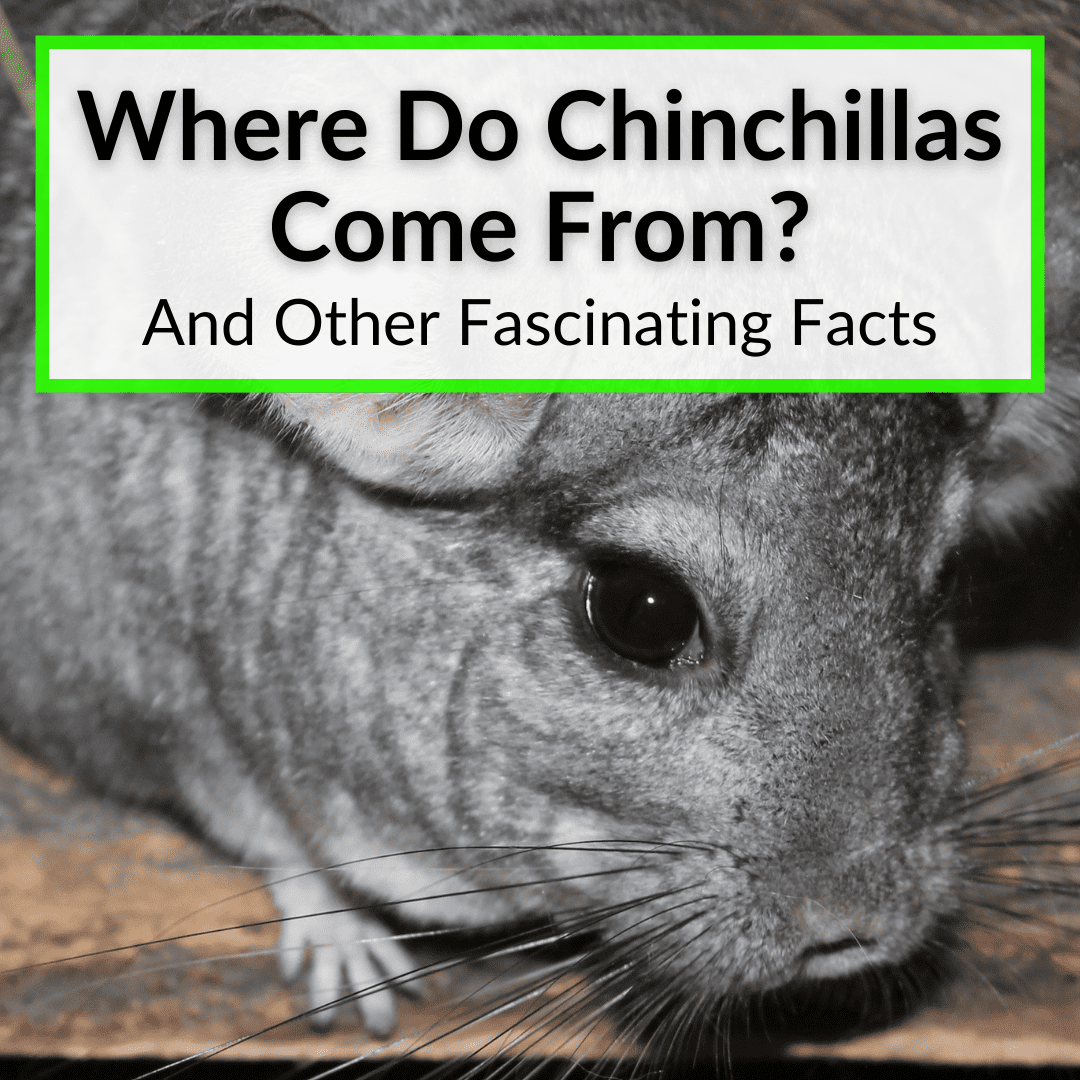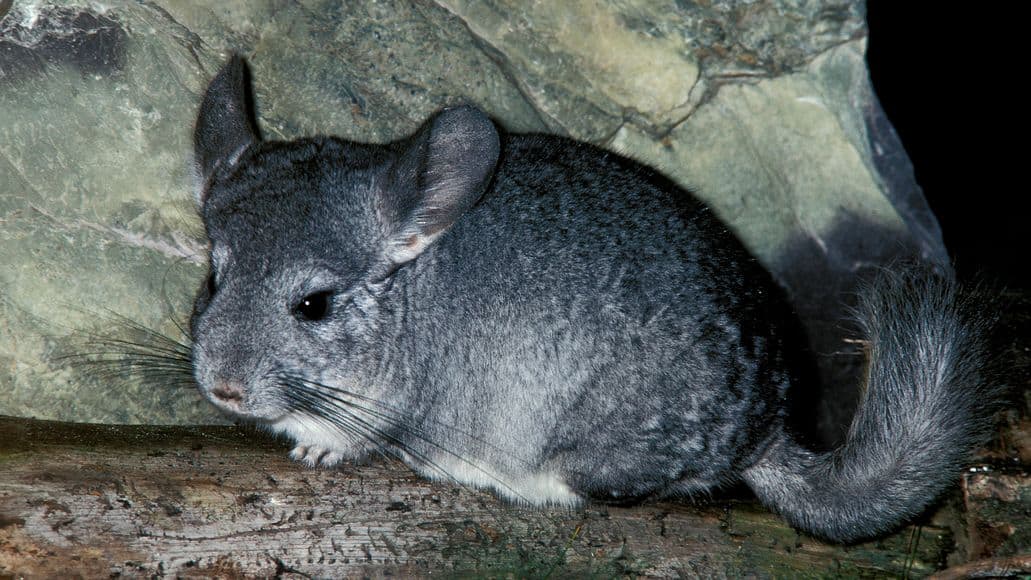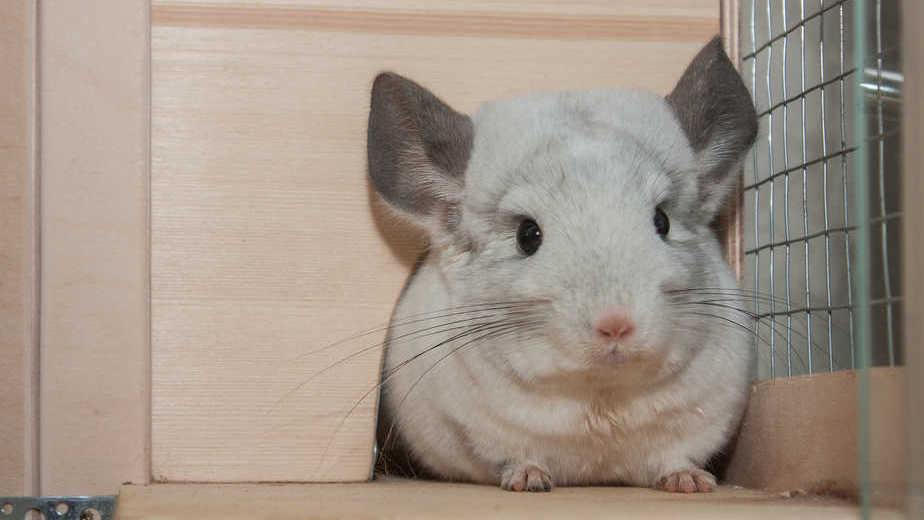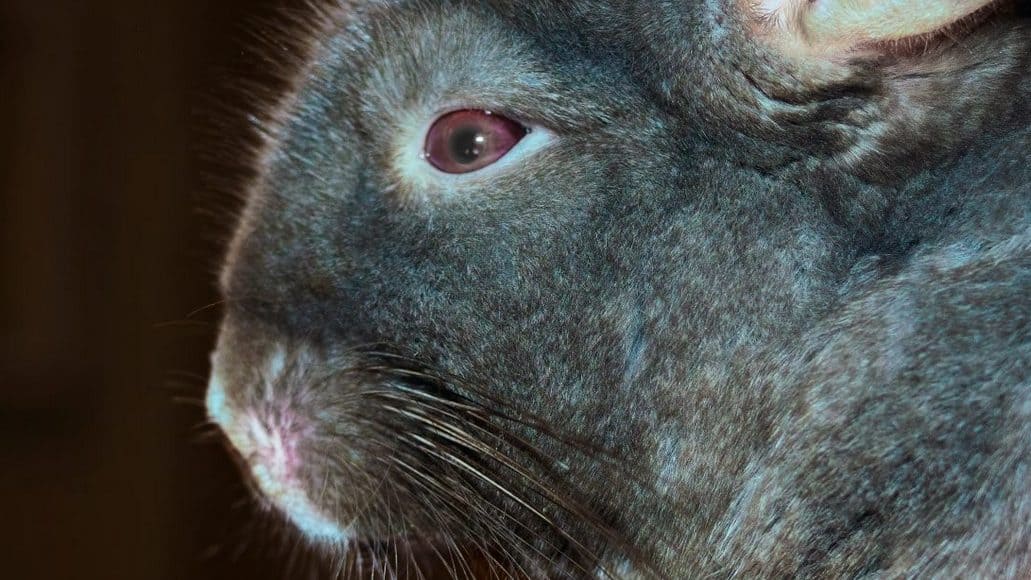
They have gorgeous soft fur and that was almost their downfall.
We hunted them close to extinction in order to make fur coats and other pieces of clothing.
But now they’re a protected species and they’re making a comeback.
So where exactly are they making that comeback?
Where do chinchillas come from in the wild and do they still live in the same areas as they used to?
Keep reading for those answers and much more. We’re going to cover tons of interesting info about this adorable little rodent.
Where Do Chinchillas Come From?
Chinchillas are native to the Andes mountains in South America. There are two species: the chinchilla and the chinchilla lanigera. Both are crepuscular rodents of the parvorder caviomorpha.
That’s the scientific (and perhaps somewhat boring) answer to the question at hand. But I also want to touch on other common and important questions and include some interesting chinchilla history as well.
Chinchilla Origin And Natural Habitat

To recap, there are two species of chinchillas and both live in the Andes Mountains in South America.
This means that they are used to high elevations. An interesting fact to know is that chinchillas have the densest fur of all land mammals.
Chinchillas do their best to survive in the wild by hiding in dark places like between rocks. They also run in herds for protection in numbers, with herds that ranged from 14 chinchillas all the way up to 100, at one point in time.
Where Do Chinchillas Live In The Wild?
Chinchillas still live in the same locations in the Andes mountains in the wild, though their numbers have dwindled considerably.
Due to the inhospitable nature of their habitat, and the prevalence of predators, they must get creative in order to survive. They are heavily hunted by predatory animals.
And that includes us, as it so often does. Things are a bit better today, but for quite some time, we hunted them heavily specifically for their fur and the beautiful soft fur coats into which it can be fashioned.
They have a few different methods they use to evade predators. One is their unique abilities to jump. They can also climb and run relatively fast.
These physical abilities help them remain safe, but they also need to live and hide in areas such as crevices of rocks and other dark and tough-to-access places.
Anyone who owns a pet chinchilla knows that this natural behavior shows quickly. Just like their wild counterparts, our pet chinchillas are also masters of finding clever places to sit and hide.
It naturally makes them feel safe and seeking out hiding places is just how their brains are programmed to operate.
It’s one of the reasons that nesting boxes inside of an adequately sized chinchilla cage are so essential. It helps them feel as if they have a safe and dark place to relax whenever they begin to feel stressed.

Many pet chinchillas will even decide to sleep inside of their nesting box, as opposed to something like a chinchilla hammock.
I have a post about choosing the best chinchilla hammocks here, if you need further information on that topic.
Are Chinchillas Endangered?
Chinchillas are still listed as “endangered” but are no longer considered “critically endangered.” In other words, progress has been made.
At one point, chinchillas were near extinction, due to habitat destruction and heavy hunting. Domestically, chinchillas have been gaining in popularity as a pet and breeders are continually adding to the supply as a result. For that reason, you can have a pet chinchilla in all 50 US states, but only if it comes from a breeder or pet store.
Why Are Chinchillas Endangered?
Chinchillas became endangered for the two reasons we have already discussed in this post, plus one more big one.
First, they are a hunted species in the wild. They are at the bottom of the food chain and many predators target them for food.
Additionally, we humans hunted them for over 100 years for their dense fur, in order to create coats and other clothing. It’s a sad story for anyone who owns one of these friendly pets, but it’s the truth.
But the biggest reason chinchillas are endangered is habitat destruction. We are constantly encroaching on their habitat with mines and farms, leaving no place for them to live.
How Many Chinchillas Are Left In The Wild?

No data is currently available for how many chinchillas remain living in the wild.
The most accurate data available is that over the past 20 years, the population of chinchillas has decreased by 36%.
However, the population is beginning to slowly recover in certain regions of the world, due to chinchillas now being a protected species.
Do We Still Hunt Chinchillas?
Chinchillas are not hunted legally, because they are now a protected species. But that does not mean they are not being hunted at all. There are still plenty of poachers out there.
But we don’t have any accurate numbers as to how many people still illegally poach chinchillas for their fur.
Where Chinchillas Come From: Final Thoughts
While It’s sad that the population of wild chinchillas has decreased so massively over the years, it’s at least somewhat good news that the population is beginning to recover, albeit slowly.
It’s also great news that reputable and ethical domestic chinchilla breeders will likely be around for the foreseeable future, to ensure this little rodent never dies out.
Chinchillas are social creatures that deserve a great home.
They are affectionate, and if you are currently on the fence about adopting a chinchilla, I highly recommend it.
Now let’s hear from you!
How do you feel about chinchillas and their history?
Do you have any other facts to share with the readers or any comments to pose to the community?
Be sure to share your stories, thoughts, and concerns by dropping a comment below.
As always, Chili and I appreciate you stopping by. Thanks again, and we will see you next time.
Leave a Reply